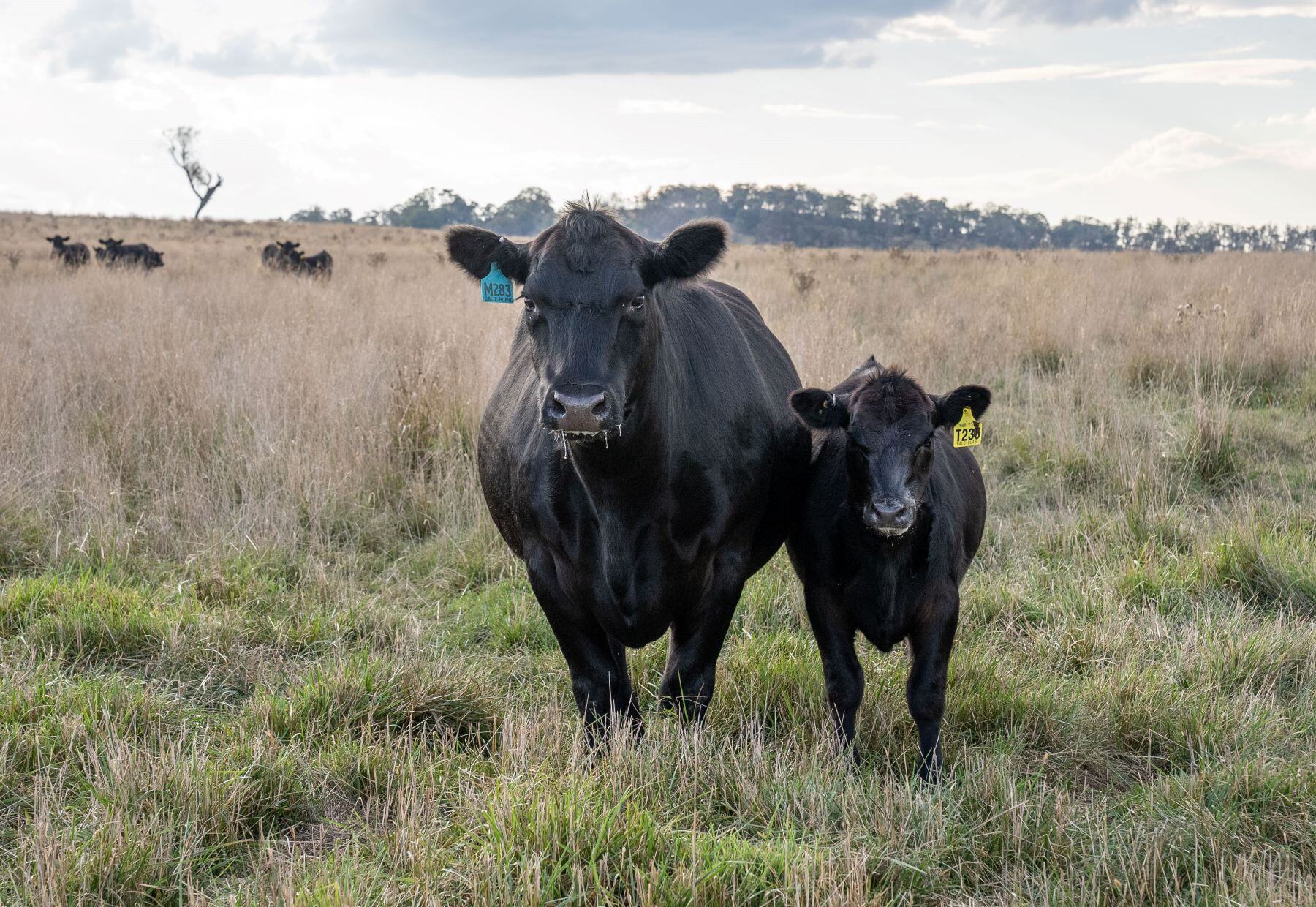The Australian Beef Market in 2025: An Absolute Cracker
In this column in July, the StoneX H2 2025 Australian Cattle & Beef Market Outlook’s bold calls were analysed and assessed for what the final 6...
2 min read
 Jamie-Lee Oldfield
:
Sep 12, 2024
Jamie-Lee Oldfield
:
Sep 12, 2024

Recent Australian cattle herd data released from both the Australian Bureau of Statistics and Meat and Livestock Australia show significant growth over the past few years. Team this with relatively stable female slaughter rates until the most recent quarter, and the numbers would indicate plenty of females have been retained.
But heifers don’t start to contribute to cash flow overnight, which is why plenty of producers turn to trading out both young and cast for age stock for females which will produce a calf sooner rather than later - and for the years to come. So what are the trading conditions currently like for those who have been lucky enough to score plenty of rain and are looking to either trade out older females or expand the herd?


To the outgoing first. The national processor cow price ended last week at 533¢/kg, which was more than 41% above year-ago levels and nearly 5% stronger than the five-year average. Having reached 547¢/kg the previous week, the last time it was dearer than that was November 2022.
But more importantly where is it headed? Using both the five- and 10-year-average, we can see that between now and the end of the year, the peak for cull cow prices is mid-November. The trend for that period is fully firm to slightly stronger, the 10-year average showing a rise of 2%, or 8¢/kg, and the five-year figures climbing another 5%, or 22¢/kg.
Looking at state-specific returns as they stand at the moment, the latest indicator breakdown had NSW trading at 6¢/kg premium to the national average, and about 34¢/kg dearer than Queensland. The Victorian price was stronger again, 10¢/kg above NSW, but with a much lower throughput, only about a quarter of the size of the other two east coast states. Using the NSW price, this would put a 480kg cow at $1459/head now, and up to $1564 at the traditional price peak at the end of spring.
Obviously the cost to buy in replacement females is harder to pin down due to the variation and reporting gaps. However, the price discovery tool on AuctionsPlus does offer some good insights into prices being paid for certain categories at the moment.
Firstly, looking at last week’s national offering on the online platform, pregnancy tested in calf heifers were one of the largest cohort of breeding stock numbers offered, and cleared 59%, averaging $1656 head, or 392¢/kg. If we look at PTIC cows sold in the past month within a 500km radius of Albury and Dubbo, NSW, and Blackall, Queensland, and all the average price returns are $1710. Looking at cows and calves in the same region, the price average ranges from $1210 to $1280. And for the PTIC heifers, $1360 is the price point.
There should be continued strong support for cull cow prices through the spring, keeping them on an upward trajectory. This is primarily down to the lower female slaughter in the US and their demand for our lean beef product - and the current strong prices they are prepared to pay for it. The revised herd numbers and strong slaughter mean supply is also strong, but if the spring brings good seasonal conditions it shouldn’t skyrocket. The latest quarterly female slaughter rate has risen significantly, but is still well below the last big female turnoff seen in 2019, and historically falls again in the second half of the year.
Current figures have it costing about $250 to trade out of dry cows and into PTIC cows. What we haven’t looked at, and is harder to predict, is where breeding stock prices will head as we move further through spring.
Over the past month, they haven’t tracked higher alongside the cull cow price, but this could also be down to lower numbers and the difference in quality. They will no doubt get dearer accordingly at some point, but could high supply keep a lid on the upside? As usual, it will likely all come down to rain.
 Jamie-Lee Oldfield is a seasoned agri-media, communications professional and livestock market analyst who lives and works on a family-owned stud and commercial beef and sheep operation in Coolac, NSW.
Jamie-Lee Oldfield is a seasoned agri-media, communications professional and livestock market analyst who lives and works on a family-owned stud and commercial beef and sheep operation in Coolac, NSW.
.jpg)
In this column in July, the StoneX H2 2025 Australian Cattle & Beef Market Outlook’s bold calls were analysed and assessed for what the final 6...
.png)
Each December we save the last article of the year for a bit of a crystal ball gaze, as we try to bring together market fundamentals and work out...
.png)
Australia’s wool market posted another strong performance this week, with all micron categories attracting solid support across the three selling...